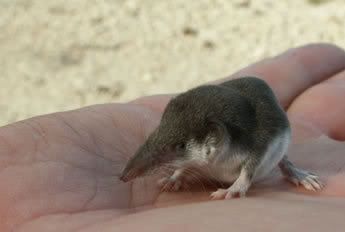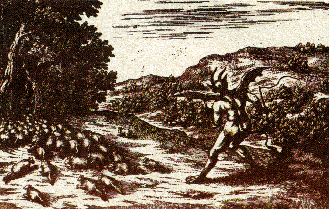
Last weekend I was on something of a mission - one that some people I know would love to have every weekend (and some certainly do), but others would avoid at every possible opportunity. It's one of the UK's favourite pastimes, something that some love and some hate (and it's not laughing at the simpletons on X-Factor). It's clothes shopping. I just can't get into it, it's the worst way to spend a weekend. But a quick glance at my 'wardrobe' the other day revealed this - I have one white shirt, one long sleeved shirt, one short sleeved shirt, and forty-eight t-shirts. I know, I'm one stylish dude. In my defence, I do kind of collect them - although that's more an excuse as to why I've got ridiculously more than what a normal amount would be (I'm guessing around ten at most).
Also in my defence, I do get some use out of them, at work we have a 'relaxed' dress code - a top hat, t-shirt, and a cheeky smile do the job for me. The other reason I like buying t-shirts is because I can get them online (I currently have 13 internet suppliers in my bookmarks), so I can shop for them when I like without leaving my flat/bed/toilet (the wonders of wi-fi, or as the French pronounce it - 'whiffy'). This is because I know my size, and I know what I like. Other kinds of clothes need more careful scrutiny, or to be tried on, and that's when I begin to lose interest. But of course, one has standards to keep, so with the Christmas party season upcoming I ventured out to buy some outfits - and for added effect, I went to another city.
A forty minute train ride West of Edinburgh is Glasgow, Scotland's largest city. Even Edinburgers like me (hold the onions) will admit that if you want to give the plastic an outing at the tills, it's better to head over there. Plus for me it meant I couldn't just wander about, wimp out, and go home, as I was over there especially. At least, that was the theory. It didn't quite work out like that, for a number of reasons. First was the weather - grey, drizzly and with a blustery wind - classic west-coast Scottish conditions. The hordes of people everywhere didn't help either, nor did the fact that (and I could have predicted this, had I given it more thought) I didn't know where anything was and ended up wandering around aimlessly.
I met up with an old friend for lunch, in theory to bask in the glow of my sartorial procurememts, but as it happened we had some beer and yakisoba and my thinly disguised lack of enthusiasm evaporated completely. In the afternoon we wandered to the bus stop and visited the newly refurbished Kelvingrove Museum, that recently opened up to the public again after a £27.9m refit. A surprising hodgepodge of all kinds of things, the first thing we saw was a troupe of Goths (I don't know the collective noun), some in full costume, arriving for an educational day out and finding a very bendy experimental dance collective thumping about in the main hall. I think it cheered up a few of the men, anyway.
Elsewhere the museum staples of dinosaurs, stuffed animals, and suits of armour were enlivened by a serious collection of art, including efforts by van Gogh, Monet and Rembrandt. We walked around the whole thing for a couple of hours, pausing at the rather odd effect of a Spitfire fighter plane dangling over the natural history section like a sinister metallic pterodactyl. They also had the pre-requisite leathery Tuatara, which along with the model of a Giant Spider Crab seems to be somewhere in every Natural History Museum in the world (they look like lizards but are actually a prehistoric snake). They are exactly the kind of cheap, nothing to look at, but fascinatingly interesting thing Museums love - and visitors who know look out for. (I get extra Geek points for having seen them alive in their only known habitat in New Zealand. Well, in a tank in a Museum in New Zealand).
The highlight of Kelvingrove for me though were the children's comments boards, no doubt included to give the little angels something to participate in, what with all the 'no touching' signs everywhere. The best comments were in the 'Arms and Armour' section, where alongside several spidery scrawls along the lines of "I think war and fighting is bad and stuff", there were a couple of crackers - "If it wasn't for women there would be no wars", which boggles the mind - as does the card that said simply "KILL KILL KILL". I think if little Johnny's parents saw him write that when prompted to give his opinion of warfare, he'd be straight home to bed with no tea and 'Child psychiatrists' would be quickly looked up in the Yellow Pages.
Kelvingrove Museum website
The Tuatara - it's not a lizard






















